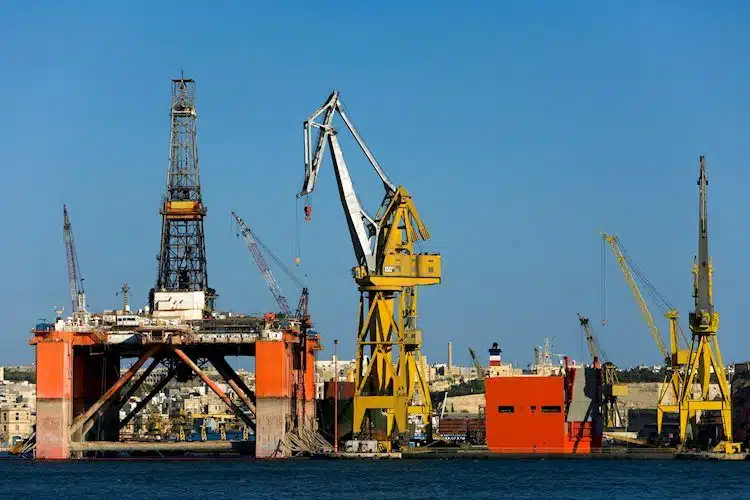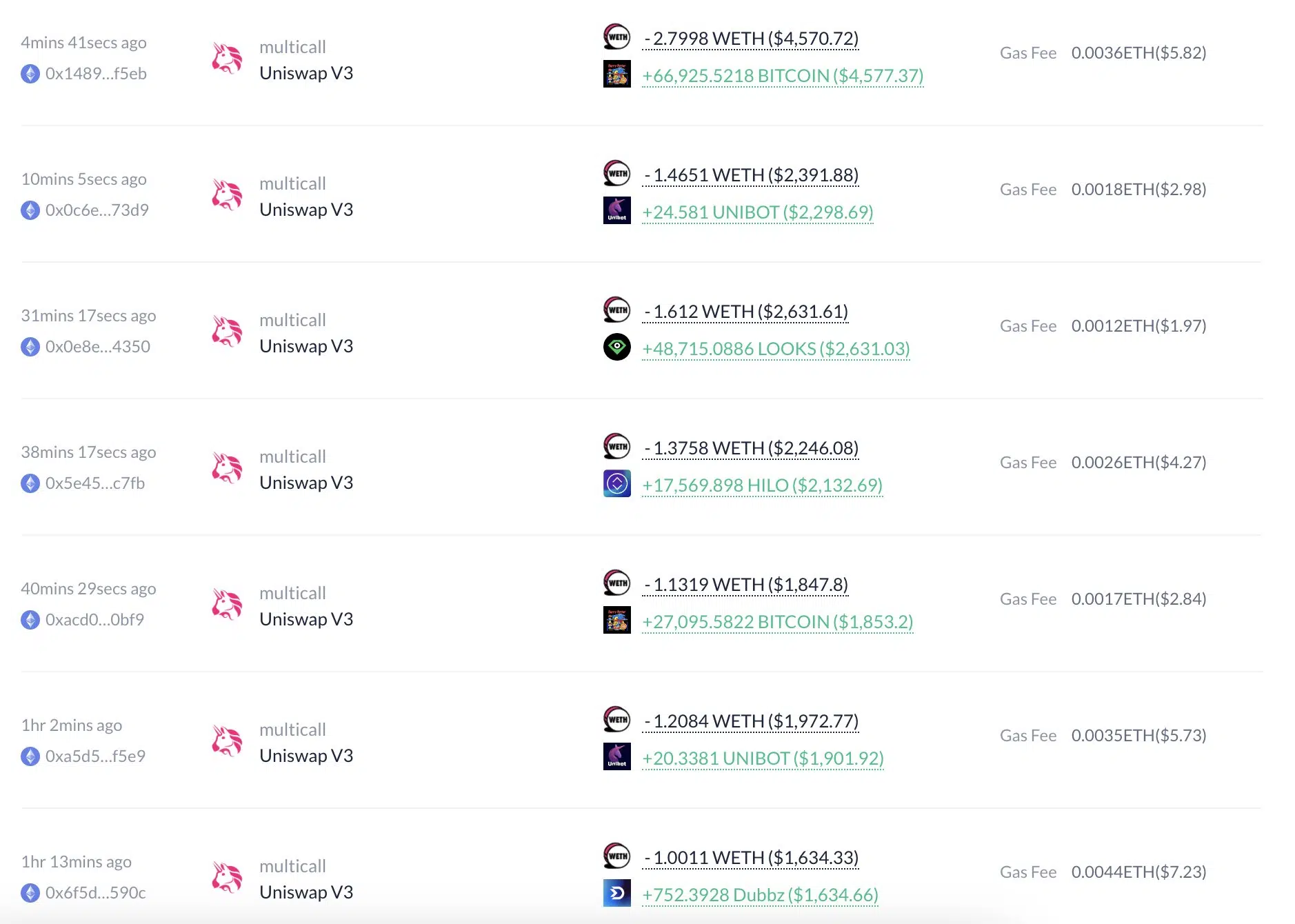iminary data from CME Group. This increase in open interest coincides with rising oil prices, as WTI surged beyond $75 per barrel and Brent nears $80 per barrel. In the options segment, total call open interest surpassed put open interest, indicating bullish sentiment in the market.
The rising open interest in crude oil futures markets signifies that new money is entering the market, and more investors are taking long positions. This suggests that the current upward trend in oil prices is likely to continue, as both speculators and hedgers are wagering on higher oil prices going forward.
Several factors are driving this increase in open interest and oil prices:
1. Strong global demand for oil – Economic recovery is fueling the demand for oil across the globe, as industries and economies begin to regain their footing after the pandemic-induced downturn. This increasing demand for oil is putting upward pressure on oil prices, and many market participants are positioning themselves to benefit from this trend.
2. OPEC+ supply restraint – OPEC and its allies, collectively known as OPEC+, have agreed to maintain their supply restraints in the near term. This decision is driven by concerns over the potential impact of the delta variant of COVID-19 on the global economy and overall oil demand. Limited supply from OPEC+ members is causing a supply-demand imbalance that is supporting higher oil prices.
3. Declining US oil production – US oil production has been on a downward trend since the onset of the pandemic, and it does not appear to be poised for a swift recovery. Reduced US production further exacerbates global oil supply constraints, contributing to the rise in oil prices.
4. Geopolitical tensions – The oil markets are not immune to the influence of geopolitical events, and recent tensions between Iran and the US continue to fuel uncertainty in the oil markets. The reinstatement of US sanctions on Iran in 2018 has had a significant impact on Iranian oil exports, and ongoing negotiations to lift these sanctions have yet to yield any substantial progress, keeping Iranian oil out of the market for the time being.
5. Falling inventories – Oil stocks have been decreasing across the globe, particularly in the US, which has experienced a significant drop in crude oil and refined product inventories. This is likely due to increased industrial production and fuel consumption following a decline in economic activity last year, and it adds further support to rising oil prices.
Taking into consideration these market fundamentals and the increasing open interest in crude oil futures, it is apparent that the near-term outlook for oil remains positive. While risks to the global economic recovery persist, specifically in the form of virus mutations or unexpected geopolitical events, the combination of strong demand and restricted supply appears to bode well for oil prices.
Looking at the options market, the preference for call options over put options suggests that many traders believe oil prices will continue to rise in the short term. Call options give their holders the right to buy oil at a specified price before a specific expiration date, while put options give their holders the right to sell oil at a specified price before a specific expiration date. If more market participants are buying call options (which would profit if oil prices rise), it is a sign that bullish sentiment is strong.
In addition to overall open interest in oil futures and options, other indicators also point to the market’s bullish stance on oil prices. The commitment of traders (COT) report, published by the US Commodity Futures Trading Commission (CFTC), provides a breakdown of positions held by different groups of market participants, such as commercial hedgers, large speculators, and small speculators. A skew in the distribution of these positions can offer insights into market sentiment and future price direction.
Recent COT reports have shown a consistent increase in the number of net long positions held by large speculators, who are typically trend-followers or momentum traders. This indicates that these investors are betting on a continuation of the upward trend in oil prices, possibly driven by the factors mentioned earlier. In contrast, commercial hedgers, who use futures and options to protect against adverse price movements, have reduced their net short positions, suggesting that they may foresee a bullish market environment as well.
Overall, the current market dynamics and increasing open interest in crude oil futures and options markets point towards a bullish outlook for oil prices in the short term, as strong global demand and curtailed supply underpin a favorable environment for rising prices. However, it is important to remain vigilant of potential risks that could derail this trend, ranging from virus mutations to geopolitical tensions.


